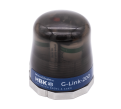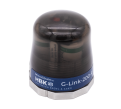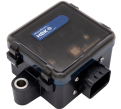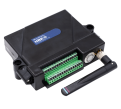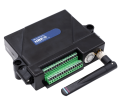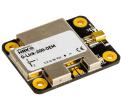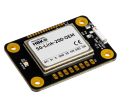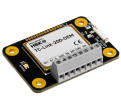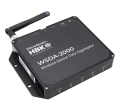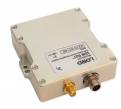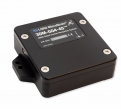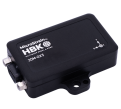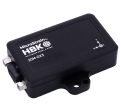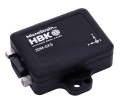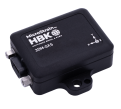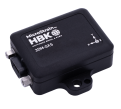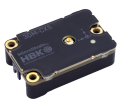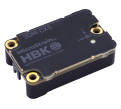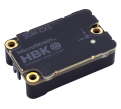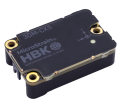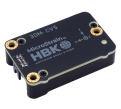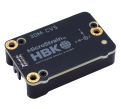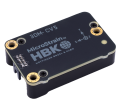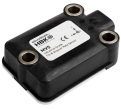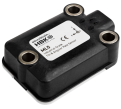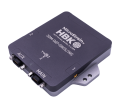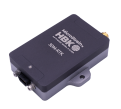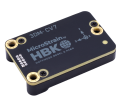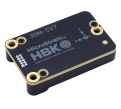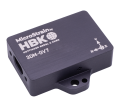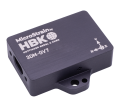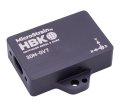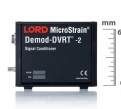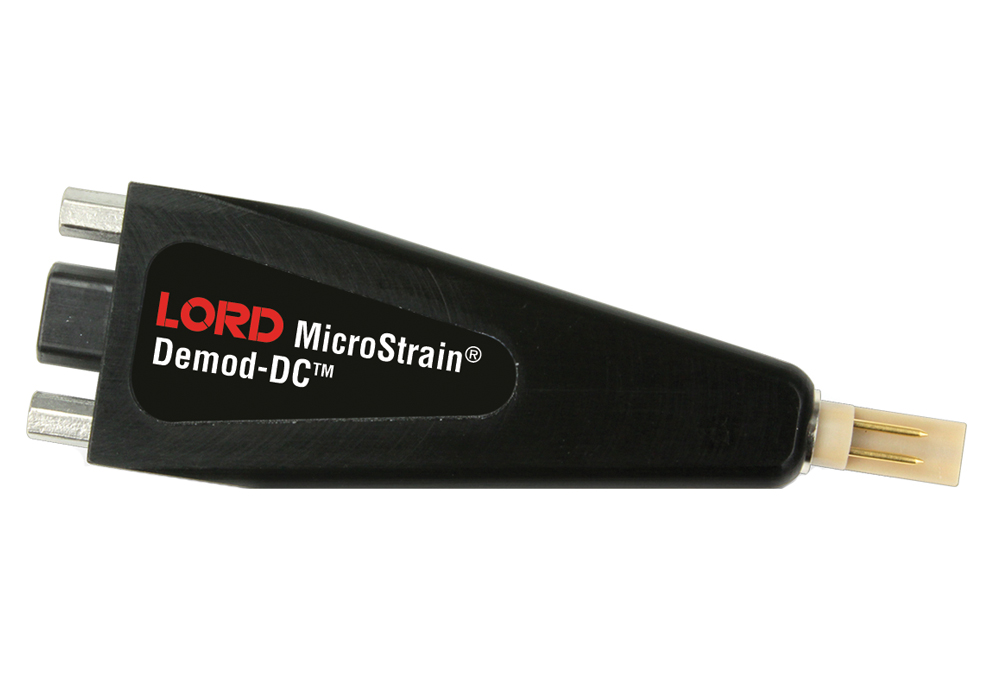
MicroStrain™ Knowledge Base
Select a product family
General Documentation
Software/Firmware
There are no software or firmware downloads for this product at this time.
More
There were no results
If you are using the standard cable type supplied with the DVRT sensors, 20 feet is the maximum for M-DVRT and MG-DVRT, and 60 feet is the maximum for S-DVRT, SG-DVRT and NC-DVRT. If you require longer cable lengths, LORD MicroStrain® can provide custom cables of lower resistance.
No, carbon fiber has not been shown to pose a problem.
In most cases, MicroStrain calibrates every DVRT with its accompanying electronics and provides a detailed calibration certificate. The certificate provides 3 methods of calibration and all the particulars including formulas to resolve voltage into engineering units.
- Standard Least Squares Linear Fit provides a simple mathematical method to convert sensor output to displacement and delivers reasonable accuracy.
- Polynomial Fit provides a more mathematically intensive method to convert sensor output to displacement and in turn delivers a high degree of accuracy. A possible drawback to some users of this method may be that it can not accurately report measurements beyond its stroke length (i.e., over-stroking).
- Multi-Segment Linear Fit provides the most mathematically intensive method to convert sensor output to displacement, delivers a high degree of accuracy and is not subject to the drawback of over-stroking.
The output is an analog DC voltage proportional to linear displacement. The full scale voltage is optionally +/-5 volts or 0-10 volts. The analog voltage is easily read using a multi-meter or DAQ. The voltage can also be read in the digital domain by using LORD MicroStrain® Smart Motherboards. These Smart Motherboards provide a data gateway to PC-based software or to user-programmable LCD displays on the motherboard itself.
Yes. A Micro-D connector with color-coded wire pigtail is provided and is designed to complete the run to a DAQ.
Typically, every DVRT is calibrated at the factory with its accompanying DEMOD signal conditioner. The calibration is made over the entire system (DVRT and DEMOD) to insure the highest accuracy. DVRTs and DEMODS are color-coded to insure that they stay together as a pair when in use.
LORD MicroStrain® posts links to a number of published scientific papers at: http://www.microstrain.com/company/scientific-papers
No. LORD MicroStrain® makes a DEMOD-DC which provides an alternate method of DVRT signal conditioning. The DEMOD-DC provides conditioning as an in-line connector and connects to your DAQ. Although not normally recommended, a DEMOD-DVRT or a DEMOD-DVRT-TC can be used without its Motherboard enclosure; external power is the only requirement.
In a word, no. The design of an LVDT’s coil forms a Wheatstone full bridge and the design of LORD's DVRT coil forms a Wheatstone half-bridge. LORD MicroStrain® signal conditioning electronics are designed for the half-bridge. Likewise, a DVRT can not use a LVDT's signal conditioning electronics.










